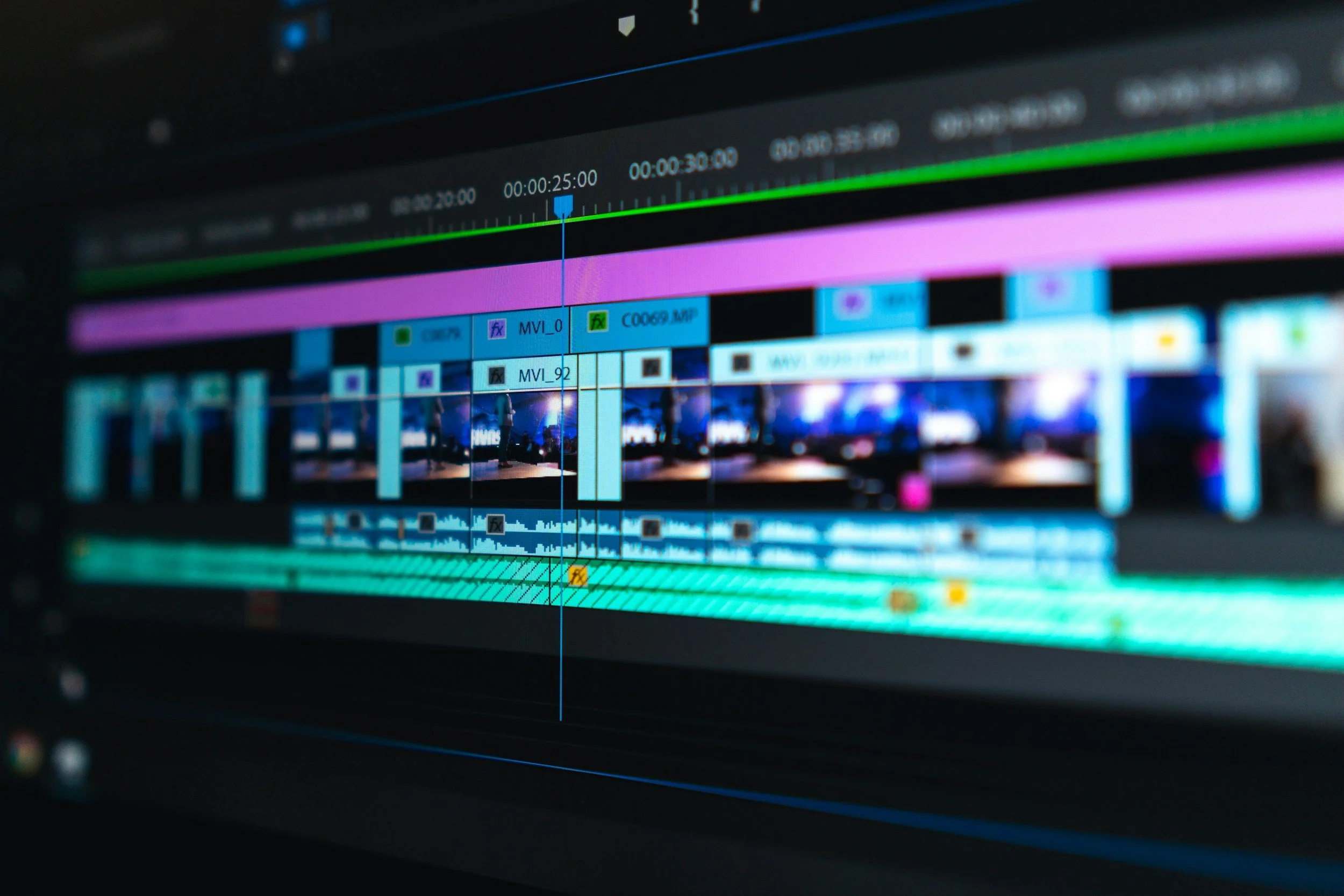LACE: A New AI Co-Creation Tool for Professional Artists in Photoshop
Image Source: arVix
A new system called LACE (Layered Artistic Co-Creation Environment) is advancing the integration of artificial intelligence in the creative arts. Designed for professional artists, LACE enables seamless collaboration with generative AI within Adobe Photoshop, addressing challenges in precision, consistency, and workflow compatibility. A pilot study with artists highlights LACE’s ability to improve satisfaction, usability, and creative ownership, marking a significant development in human-AI artistic collaboration.
[Read More: Is True Transparency in Digital Photography Possible? Adobe is Trying to Pave the Way]
What is LACE?
LACE is a co-creative system that embeds generative AI into Photoshop, allowing artists to guide AI outputs through controlled prompts and iterative refinements. LACE offers two collaboration modes: turn-taking, where artists and AI alternate contributions, and parallel, where both work simultaneously on different aspects of a piece. While LACE integrates with Photoshop, specific details about its development team or underlying AI model are not fully detailed in public sources, such as the primary research paper by Yenkai Huang and colleagues.
[Read More: Adobe Launches AI-Powered Photoshop Mobile App]
Addressing Creative Challenges
Generative AI tools often struggle with producing precise outputs or maintaining consistency across multiple edits, which can disrupt artistic workflows. LACE tackles these issues by embedding AI within Photoshop’s familiar layer-based system, allowing artists to refine AI-generated elements without altering the original composition. For example, an artist can adjust a generated texture while preserving the overall design. The system’s dual-mode collaboration further enhances control, enabling artists to dictate AI’s role in the creative process. This approach aligns with research indicating that artists value tools that boost productivity while preserving creative authenticity.
[Read More: Adobe Max London 2025: New AI-Powered Features for Creative Cloud]
Pilot Study Results
A pilot study with 21 professional artists compared LACE’s hybrid workflow (combining parallel and turn-taking modes) to standard turn-taking AI workflows. Participants, aged 20–27 with varying Photoshop experience, completed three art tasks: creating a representational scene, an abstract composition, and a pixel art cityscape. Each tested both interaction modes for up to 15 minutes, rating their experience on a 7-point scale for satisfaction, usability, ownership, and artistic quality. Qualitative feedback was gathered through interviews. Statistical analysis, including Friedman and Wilcoxon signed-rank tests, showed LACE significantly outperformed traditional workflows, with higher satisfaction, usability, ownership, and art perception. Participants valued LACE’s flexibility, with one noting, “The Photoshop layers allowed me to keep elements I liked”. These findings align with research on AI’s role in enhancing creative productivity.
[Read More: Adobe Lightroom Integrates Firefly AI for Seamless Photo Editing]
Implications for Artists and AI
LACE positions AI as a collaborative partner, or “creative co-pilot”, rather than a replacement for human artists. By prioritizing control, it addresses concerns about creative authenticity and ownership, which are significant in the art community. For instance, Adobe’s 2023 findings indicate that 56% of creators worry about AI’s potential to harm their work through unauthorized use, and 91% seek tools to ensure proper attribution. LACE’s layer-based, iterative approach may help artists maintain their unique style and claim ownership of AI-assisted creations. Its integration with Photoshop, a widely used platform, could make AI tools more accessible to professionals, potentially increasing their adoption in creative fields.
[Read More: Adobe Integrates AI Tools into Stock Image Library, Ensuring Creator Compensation]
Broader Context in AI and Creativity
LACE emerges as generative AI reshapes creative industries. Photoshop has incorporated AI features, such as Generative Fill, introduced in 2023, which allows users to add or remove image elements using text prompts. LACE extends this trend by offering sophisticated collaboration, addressing challenges like inconsistent AI outputs and complex prompt engineering. Research from the 2023 Designing Interactive Systems Conference underscores the need for AI systems that support early-stage creativity while maintaining a human-AI balance, goals that LACE achieves through its design. However, challenges persist, including ensuring AI tools respect copyright and addressing concerns about over-reliance, which could lead to generic artistic outputs.
[Read More: Can You Use AI-Generated Images for Commercial Use? Or Just Personal Use?]
Authorship and AI-Generated Pixels
LACE integrates with Photoshop’s generative AI features, powered by Adobe Firefly, a model trained on licensed images from Adobe Stock and public domain content, ensuring copyright-compliant outputs. While the research paper does not explicitly name Firefly, LACE’s functionality, such as generating images from prompts and importing them as layers, aligns with Firefly’s capabilities in Photoshop. When LACE’s AI fills areas in an artwork, the resulting pixels are AI-generated, not directly created by the artist or derived from a photographer’s work. Although these pixels pose no legal copyright issues, they raise questions about authorship. Authorship in art encompasses creative intent and control, which may be diluted when AI contributes significant portions of an artwork. This distinction could spark debates among artists about whether AI-assisted creations fully reflect their personal vision, despite LACE’s emphasis on user control.
[Read More: Redefining Realism: Is Photography Facing its Biggest Evolution Yet?]










